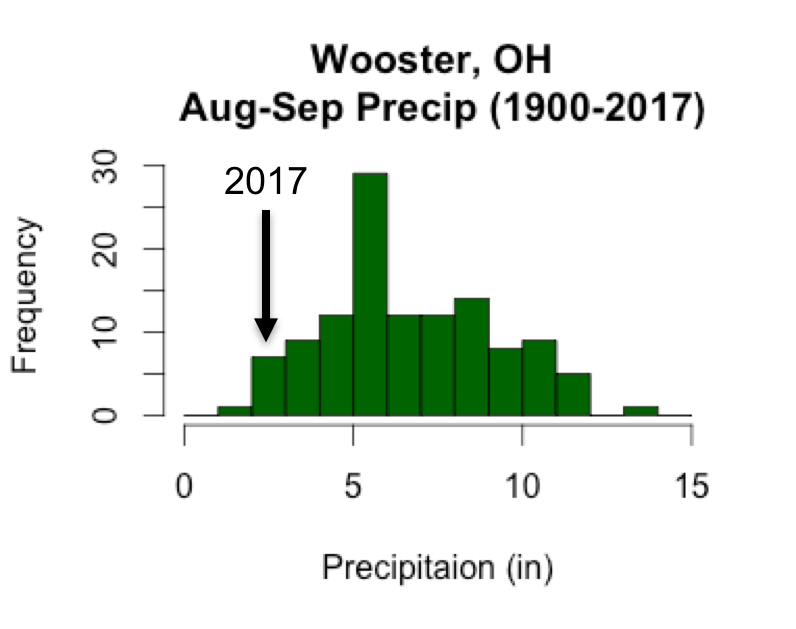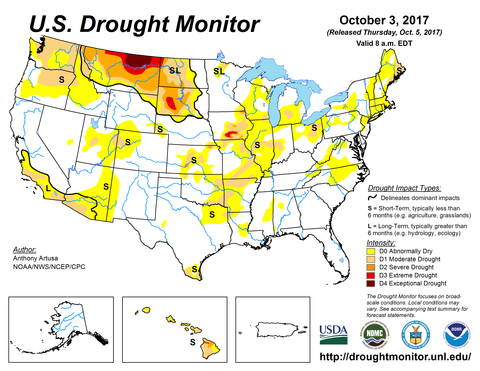 While preparing for this summer’s expedition to the Middle Jurassic of southwestern Utah, I found this specimen in our collection from the 1990s. You may be able to just make out the wedge-shaped outline of a mytilid-like bivalve with several cup-like oysters (Liostrea strigilecula of oyster reef and oyster ball fame) encrusting the shell exterior. This specimen, labeled EM-1, is from our Eagle Mountain exposure of Member D, Carmel Formation, near Gunlock, Utah.
While preparing for this summer’s expedition to the Middle Jurassic of southwestern Utah, I found this specimen in our collection from the 1990s. You may be able to just make out the wedge-shaped outline of a mytilid-like bivalve with several cup-like oysters (Liostrea strigilecula of oyster reef and oyster ball fame) encrusting the shell exterior. This specimen, labeled EM-1, is from our Eagle Mountain exposure of Member D, Carmel Formation, near Gunlock, Utah.
 If you look very closely near the middle of the clam, you will see some super-small encrusting shells the size of sand grains. Two are shown above, photographed with all the extension tubes on my camera. Believe it or not, these are shells of thecideide brachiopods, among the smallest known. They are, as far as I can tell, the only brachiopods thus far recorded from the Carmel Formation. They are abundant in this unit, encrusting carbonate hardgrounds as well as shells.
If you look very closely near the middle of the clam, you will see some super-small encrusting shells the size of sand grains. Two are shown above, photographed with all the extension tubes on my camera. Believe it or not, these are shells of thecideide brachiopods, among the smallest known. They are, as far as I can tell, the only brachiopods thus far recorded from the Carmel Formation. They are abundant in this unit, encrusting carbonate hardgrounds as well as shells.
 We know who these minuscule critters are from the careful analysis of their interiors by my colleague Peter Baker at the University of Derby. They are, in fact, the first thecideide brachiopods to be described from the Jurassic of North America. We published a description of them in 1999, naming them as the new genus and species Stentorina sagittata. The etymology of the genus name: “From the Greek Stentor (herald, of the Trojan War) in recognition of the first discovery of thecideoid brachiopods in the Jurassic of North America.” How’s that for classical drama about an itty-bitty brachiopod? We said of the new species name: “From the way the edges of the hemispondylium converge on the median ridge to form a characteristic arrowhead-shaped structure on the floor of the ventral valve.” Sagittate means arrowhead-shaped.
We know who these minuscule critters are from the careful analysis of their interiors by my colleague Peter Baker at the University of Derby. They are, in fact, the first thecideide brachiopods to be described from the Jurassic of North America. We published a description of them in 1999, naming them as the new genus and species Stentorina sagittata. The etymology of the genus name: “From the Greek Stentor (herald, of the Trojan War) in recognition of the first discovery of thecideoid brachiopods in the Jurassic of North America.” How’s that for classical drama about an itty-bitty brachiopod? We said of the new species name: “From the way the edges of the hemispondylium converge on the median ridge to form a characteristic arrowhead-shaped structure on the floor of the ventral valve.” Sagittate means arrowhead-shaped.
I’m looking forward to more paleontological treasures from the Carmel Formation of southern Utah.
References:
Baker, P G. and Wilson, M A. 1999. The first thecideide brachiopod from the Jurassic of North America. Palaeontology 42: 887-895.































